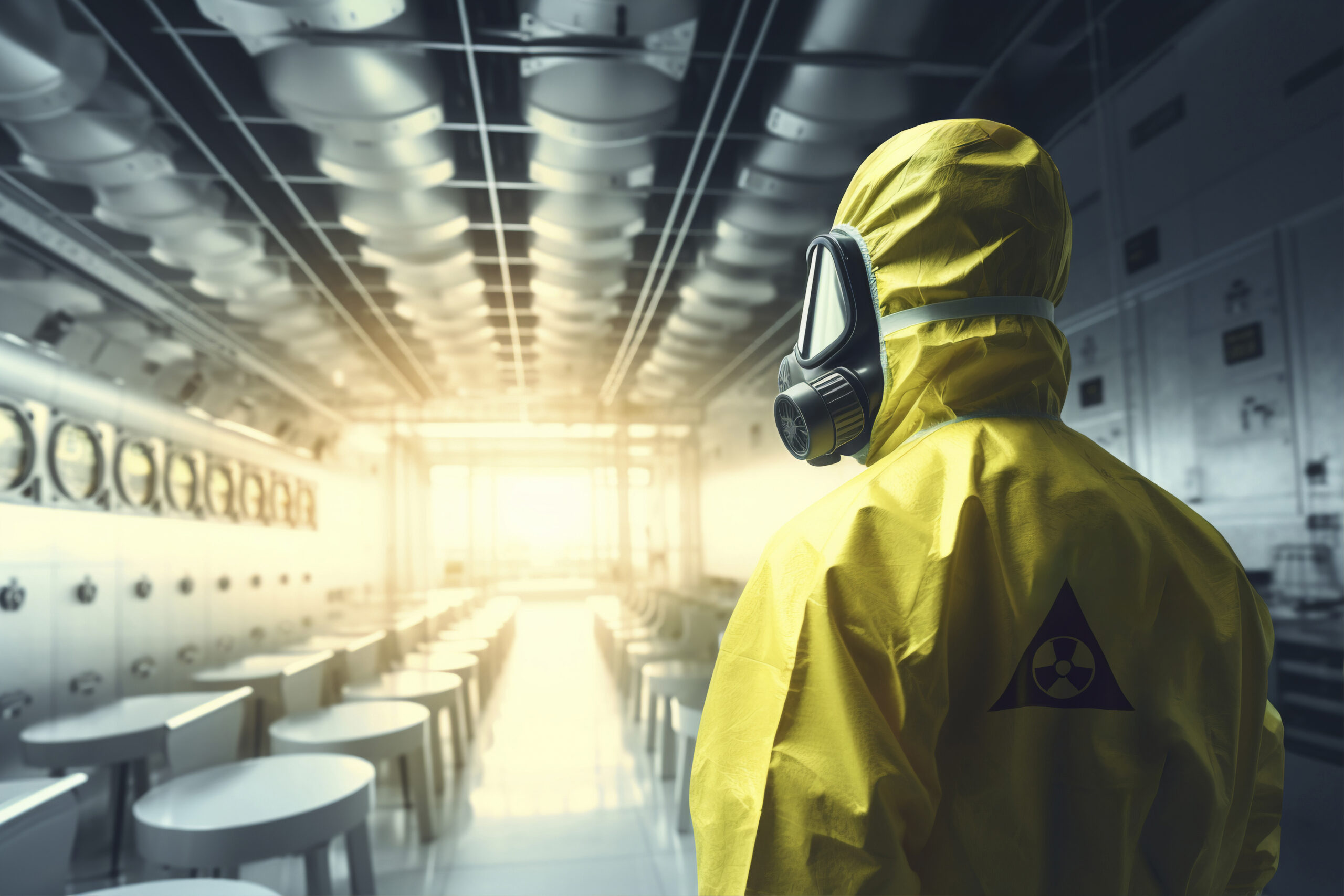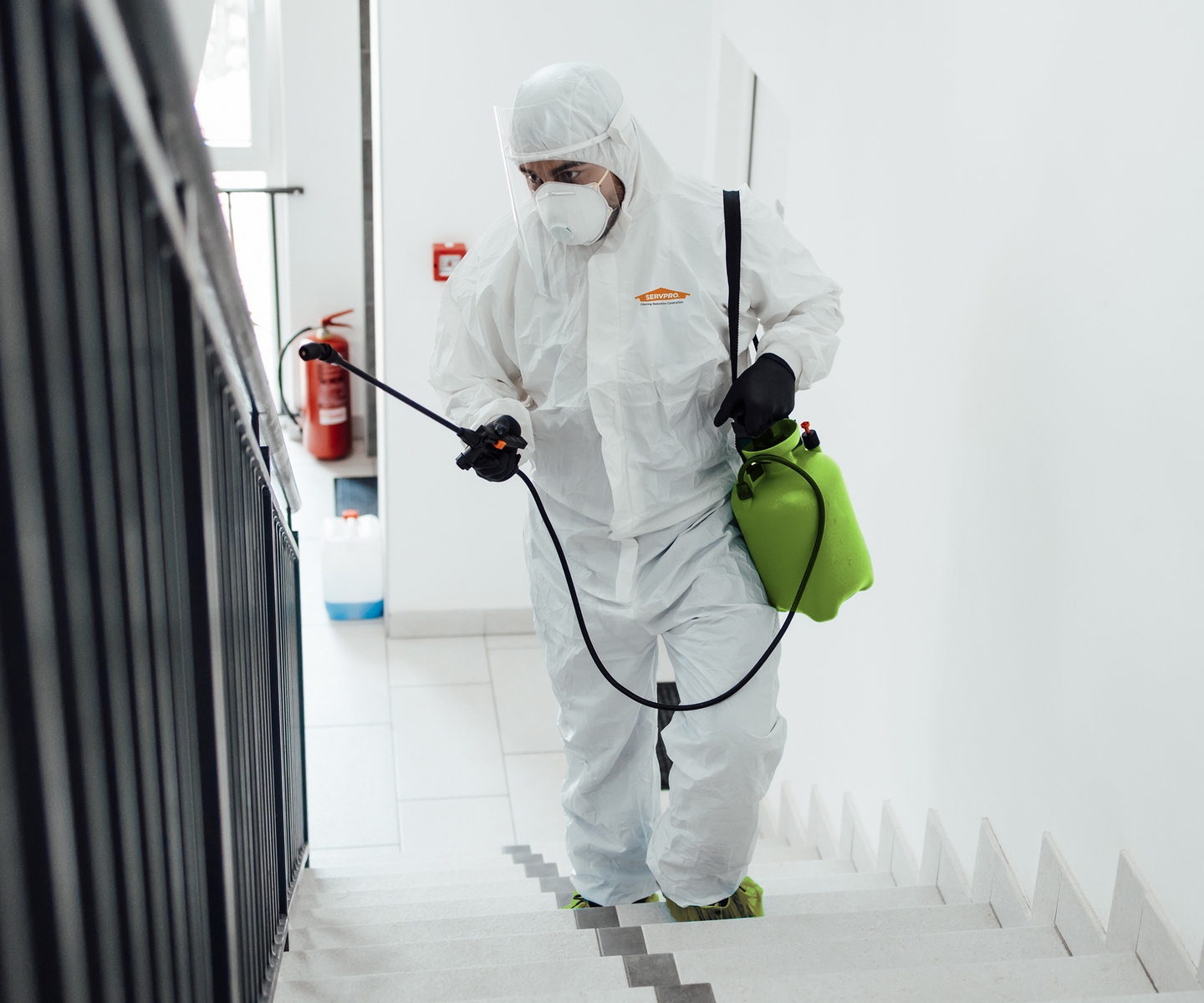Biohazard Removal: Safe Handling and Disposal of Hazardous Products
Biohazard Removal: Safe Handling and Disposal of Hazardous Products
Blog Article
Specialist Biohazard Cleaning and Purification for Blood, Bodily Fluids, and Hazardous Products
The potential wellness risks connected with direct exposure to biohazards emphasize the vital need for precise handling and detailed clean-up. As we browse the elaborate landscape of biohazard clean-up, recognizing the subtleties of policies, conformity, and the specialized tools at play comes to be essential in guaranteeing a detailed and safe purification process.
Wellness Dangers of Biohazard Exposure
Direct exposure to biohazards poses considerable health and wellness risks that can lead to extreme effects for people and communities alike. Biohazards incorporate a broad range of organic compounds, including blood, bodily fluids, mold and mildew, germs, infections, and various other potentially contagious materials. When people enter call with these biohazards, whether through mishaps, improper handling, or ecological exposure, they deal with the danger of having significant illnesses or illness.
Among the primary health dangers connected with biohazard direct exposure is the transmission of contagious diseases. Bloodborne pathogens such as HIV, liver disease B and C, and different bacteria can be existing in biohazardous materials, posing a direct threat to human health. Inhaling airborne biohazards like mold spores or entering into contact with infected surface areas can likewise result in respiratory system problems, allergic reactions, and other unfavorable wellness effects.
In addition, biohazard exposure can have long-term health and wellness effects, with some diseases showing up years after the preliminary call (Blood Cleanup). As a result, it is important to focus on proper biohazard cleaning and decontamination to alleviate these health risks and make sure the safety and security of neighborhoods and individuals

Specialized Educating for Biohazard Cleanup
When it comes to managing biohazard cleanup efficiently and safely, specialized training plays a fundamental function in ensuring appropriate decontamination procedures are followed. Biohazard clean-up needs details knowledge and skills to properly reduce threats connected with bloodborne virus, physical liquids, and hazardous materials. Professionals educated in biohazard cleanup undertake extensive guideline on exactly how to securely deal with, remove, and deal with biohazardous materials to avoid contamination and exposure.
Specialized training for biohazard clean-up covers a variety of necessary subjects, consisting of appropriate individual protective equipment (PPE) use, bloodborne virus understanding, decontamination techniques, and unsafe waste disposal procedures. People educated in biohazard cleaning are outfitted with the required experience to examine contamination levels, recognize prospective hazards, and implement proper cleaning treatments in conformity with governing requirements.
Continuous training and education are vital in the area of biohazard cleanup to remain updated on the most up to date decontamination technologies, safety procedures, and laws. By buying specialized training, biohazard cleanup professionals can efficiently react to emergency situation clean-up situations and safeguard both public health and wellness and the atmosphere.
Relevance of Appropriate Decontamination Techniques
Using correct purification techniques is crucial in biohazard clean-up to efficiently eliminate dangerous products and minimize health threats. Efficient purification not only makes sure the elimination of noticeable traces of blood, physical fluids, and various other biohazards yet likewise targets undetectable microorganisms that might present serious wellness risks if not properly eliminated. By complying with strict decontamination protocols, educated specialists can significantly minimize the risk of exposure to harmful bacteria, infections, and microorganisms that could cause infections or diseases.
Correct purification techniques entail the usage of specific devices and disinfectants that are specifically created to reduce the effects of biohazards effectively. Comprehensive how to clean up blood on floor cleansing and disinfection of polluted locations are vital to avoid the spread of microorganisms and make sure a risk-free environment for occupants. In addition, the right disposal of biohazardous waste complying with decontamination procedures is essential in avoiding contamination of various other surface areas or individuals.

Equipment and Devices for Safe Clean-up
The correct tools and tools play a crucial function in making certain the secure and reliable clean-up of biohazardous materials. When dealing with blood, physical fluids, or dangerous products, biohazard cleaning professionals depend on specialized gear to minimize direct exposure threats and completely decontaminate the afflicted area. Personal safety tools (PPE) such as gloves, goggles, masks, and coveralls are important to secure versus straight call with possibly transmittable materials. In addition, biohazard cleaning sets having anti-bacterials, absorptive materials, and biohazard bags are utilized to securely have and get rid of of polluted items. Blood Cleanup.
Advanced cleansing devices like hospital-grade anti-bacterials, HEPA-filtered vacuums, and misting equipments are used to sanitize surface areas and get rid of biohazards efficiently. Specialized equipment such as sharps containers and biohazard garbage disposal containers are used to securely manage sharp things and biohazardous waste materials. By making use of the ideal tools and tools, biohazard cleaning specialists can ensure a comprehensive cleanup procedure that focuses on security and reduces health and wellness dangers for both employees and owners of the damaged area.
Regulations and Compliance in Biohazard Cleansing
Appropriate adherence to policies and conformity requirements is paramount in biohazard cleansing to ensure the safety and security of both workers and the environment. Federal government companies such as OSHA (Occupational Security and Wellness Management) and the EPA (Environmental Protection Agency) have actually established certain standards for biohazard cleaning treatments to reduce wellness risks and ecological contamination. These guidelines cover a variety of facets consisting of the handling, transport, and disposal of biohazardous products, along with the needed training and protective equipment required for employees associated with the cleaning process.
Biohazard cleansing firms need to remain up-to-date with these laws to assure that their procedures meet the required safety requirements. Failing to adhere to these guidelines can cause severe consequences, including penalties, legal activity, and threatening the health of individuals and the setting. By adhering to rigid guidelines and compliance steps, biohazard cleaning companies can successfully reduce dangers and make certain a risk-free and comprehensive cleanup procedure for all parties entailed.
Final Thought
To conclude, biohazard cleaning and decontamination need specialized training, correct methods, and adherence to regulations. Direct exposure to blood, physical fluids, and hazardous products poses considerable wellness risks, making it essential to utilize the appropriate tools and devices for secure cleaning. By adhering to rigorous methods and standards, specialists can efficiently minimize the threats linked with biohazard exposure and ensure the security of both themselves and others.
As we browse the intricate landscape of biohazard cleaning, recognizing the nuances of policies, compliance, and the specific equipment at play ends up being essential in making sure a safe and comprehensive purification process. right here (Blood Cleanup)
When it comes to handling biohazard clean-up effectively and securely, specialized training plays a basic duty check my source in ensuring correct decontamination procedures are followed.Making use of proper decontamination techniques is vital in biohazard cleaning to properly get rid of harmful products and lessen wellness dangers. Additionally, biohazard cleansing packages including disinfectants, absorbent materials, and biohazard bags are utilized to safely dispose and have of contaminated items.
Federal government agencies such as OSHA (Occupational Security and Health Management) and the EPA (Environmental Protection Firm) have developed particular standards for biohazard clean-up treatments to lessen health threats and environmental contamination.
Report this page